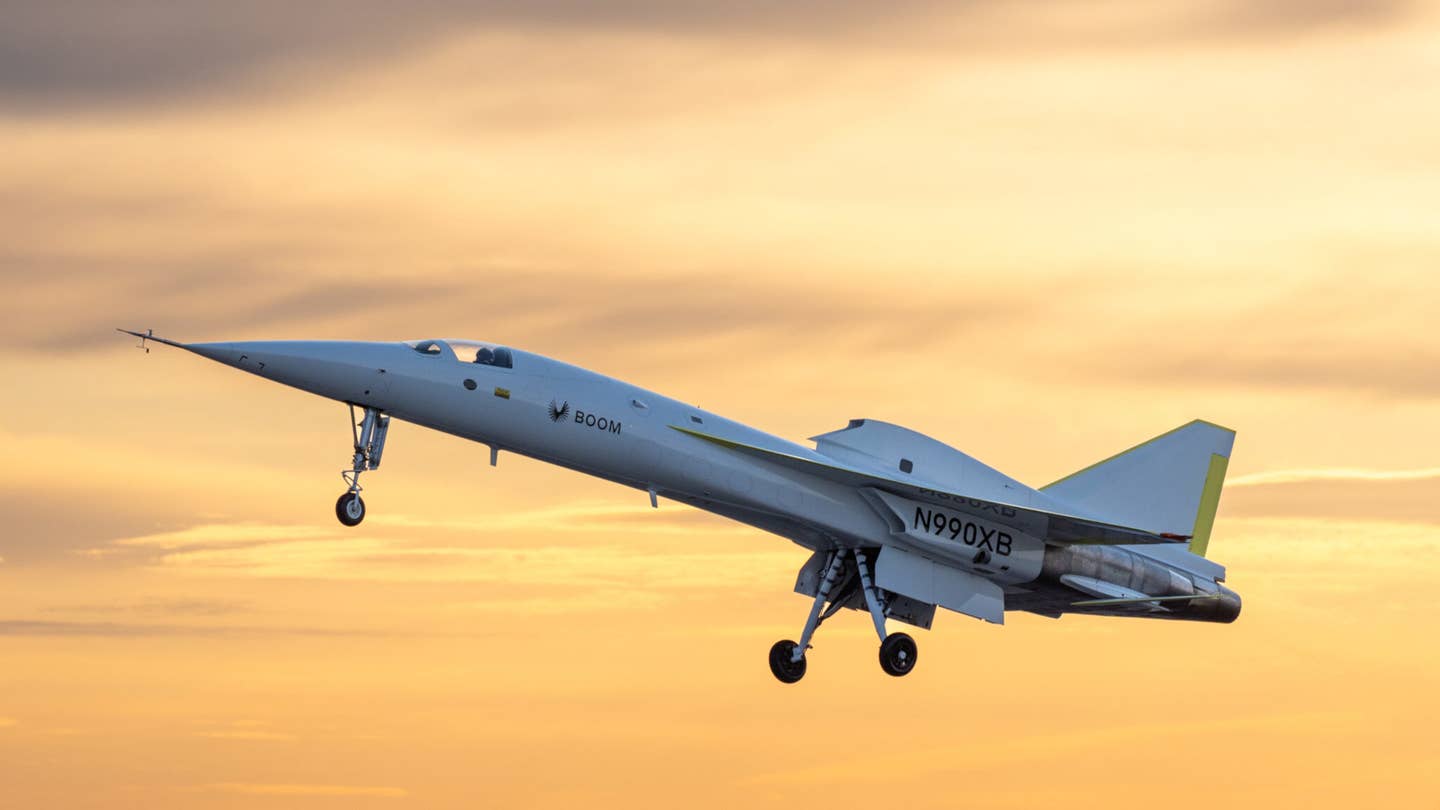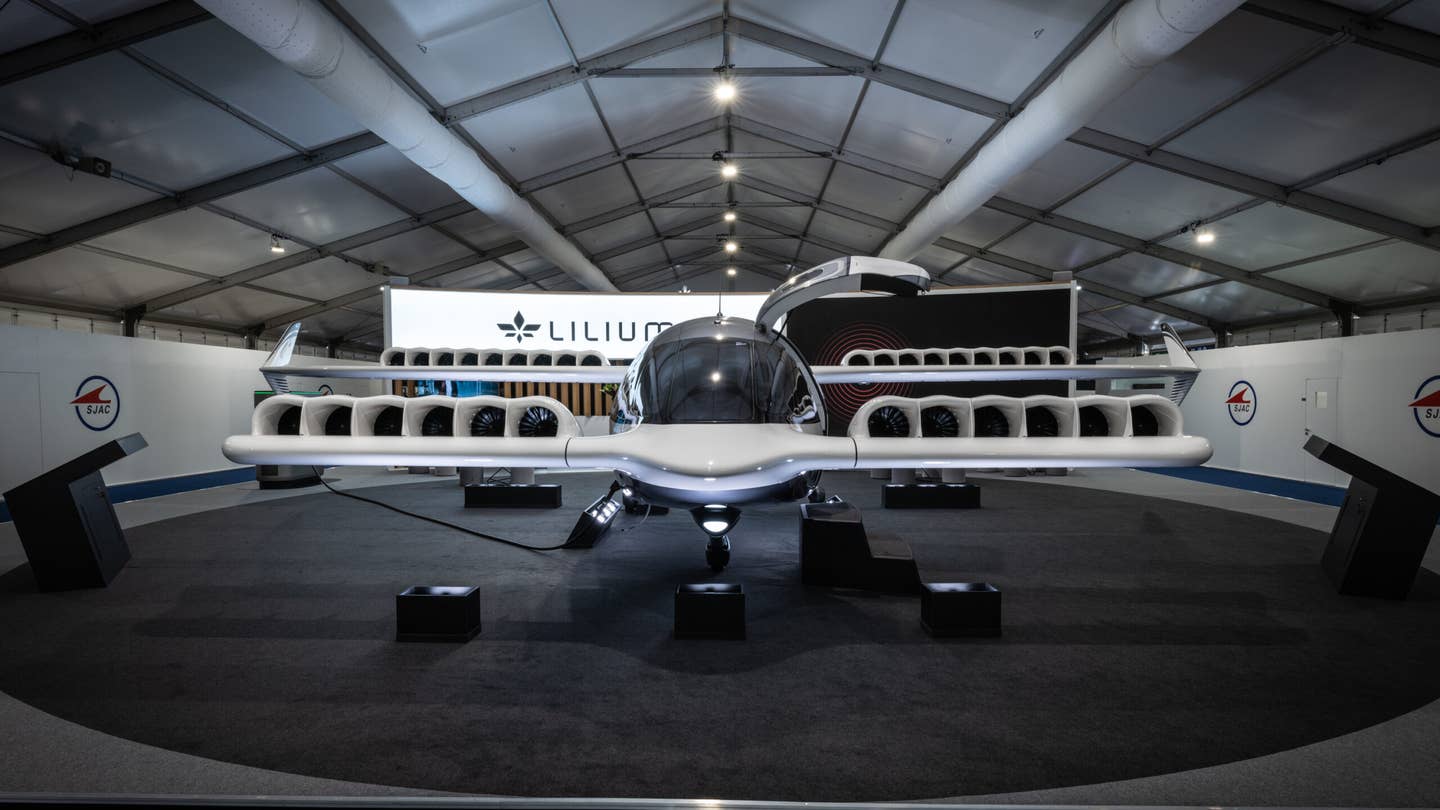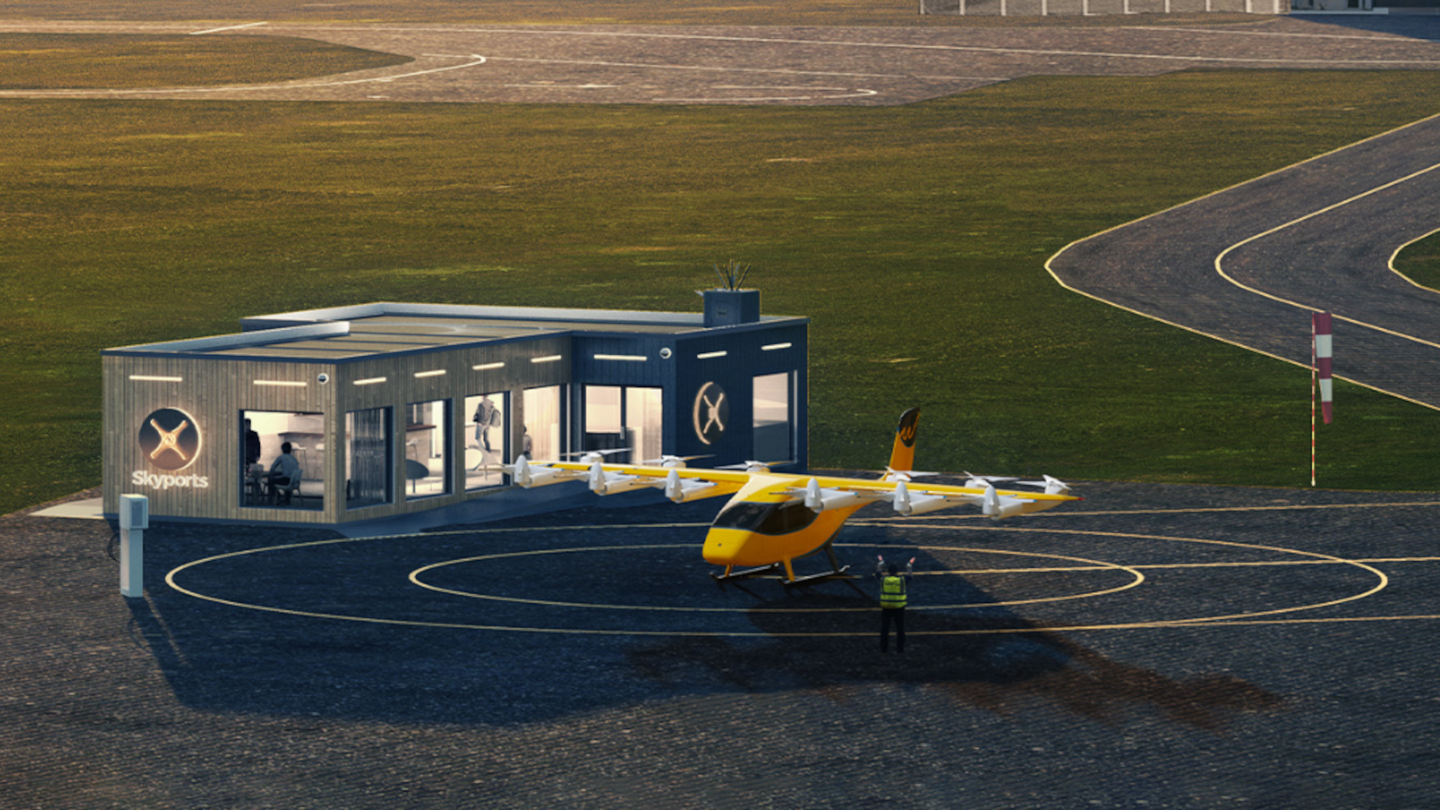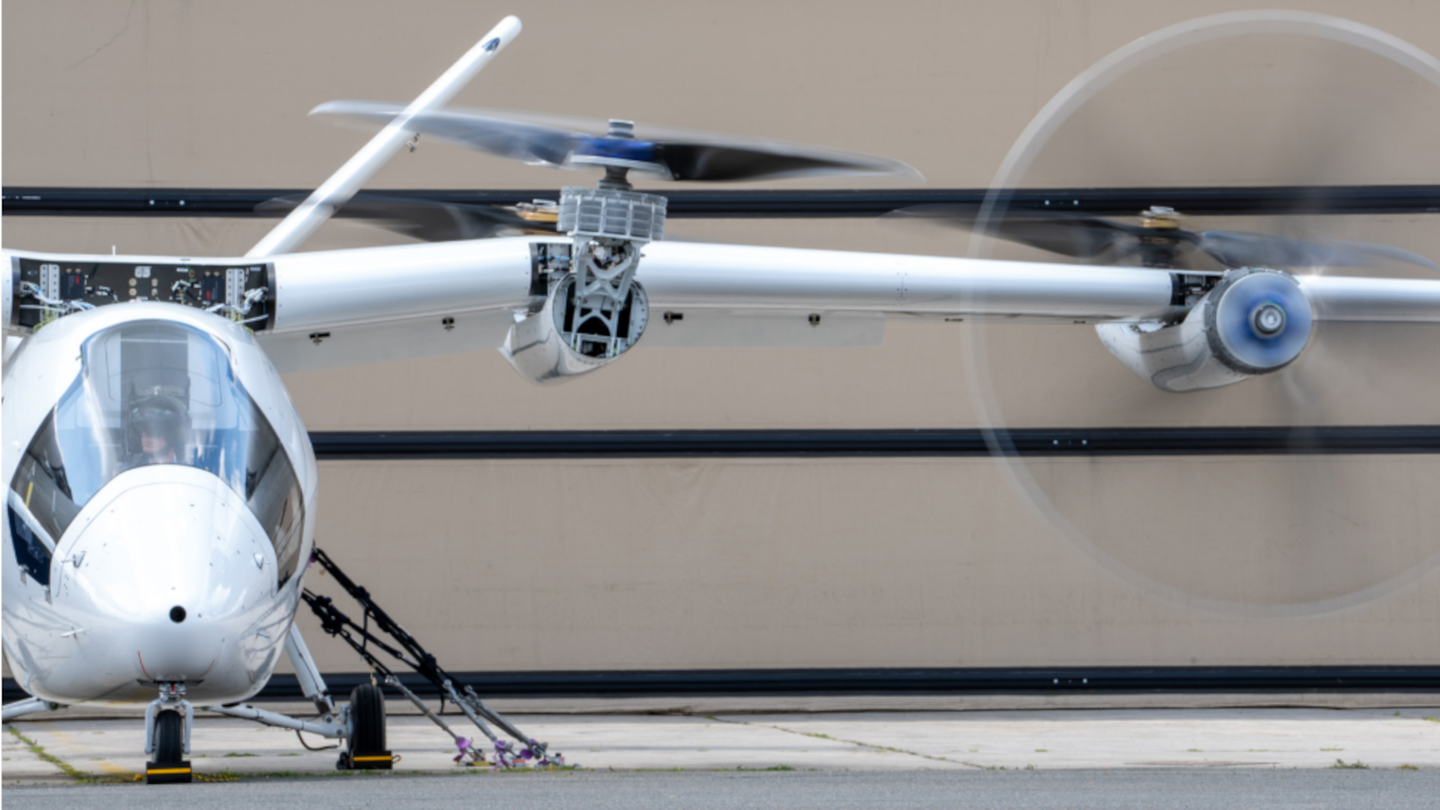Boom Supersonic Gets FAA Permission to Break the Sound Barrier
The approval will allow the Colorado startup to fly its XB-1 demonstrator aircraft faster than Mach 1 up to 20 times over the next year.

Boom Supersonic’s XB-1 supersonic jet demonstrator takes off from the runway on its maiden flight on Friday, March 22. [Courtesy: Boom Supersonic]
For the first time in its history, the FAA has issued a special flight authorization to allow Boom Supersonic to break the sound barrier.
The approval will allow the Colorado startup to fly its XB-1 demonstrator aircraft faster than Mach 1 up to 20 times over the next year in the Black Mountain Supersonic Corridor in Mojave, California.
The plane flew for the first time March 22 and is expected to validate the technology Boom will use to build Overture, the supersonic airliner Boom hopes will restart civilian supersonic air travel.
“Following XB-1’s successful first flight, I’m looking forward to its historic first supersonic flight,” said Blake Scholl, founder and CEO of Boom Supersonic. “We thank the [FAA] for supporting innovation and enabling XB-1 to continue its important role of informing the future of supersonic travel.”
The company says it will warm up for breaking the sound barrier with 10 to 20 flights, each faster than the previous one. After the first boom, they’ll go up in speed in 0.1 Mach increments to 1.3.
XB-1 flew for the first time on March 22nd. Now, and in preparation for supersonic flight later this year, the FAA has granted XB-1 a first-of-its-kind Special Flight Authorization (SFA) to Exceed Mach 1, which will take place in airspace within the R-2508 Complex. Learn more… pic.twitter.com/H17He7jcsz
— Boom Supersonic (@boomaero) April 16, 2024
Editor’s Note: This article first appeared on AVweb.

Subscribe to Our Newsletter
Get the latest FLYING stories delivered directly to your inbox






